Growing Cannabis with Mycorrhiza: General Considerations, Tips, and Methods
Growers and breeders are constantly searching for ways to strengthen the health and increase the yield of their cannabis. Whether you are a seasoned expert or a novice grower, be sure to pay attention to "Canna’s Little Helpers" that stimulate growth and ensure the highest yields – mycorrhizal fungi, simply known as mycorrhiza. The use of mycorrhizal supplements and mixes is the perfect solution for active root system development.

Strong and healthy roots guarantee a plant's healthy and happy life, and then, it will undoubtedly reward the caring grower with a bountiful harvest! In this article, we will discuss this unorthodox but simple method to strengthen plants’ health and improve their yields. Let's take a look behind the scenes of the seemingly straightforward process of symbiosis – the coexistence and interaction of living organisms belonging to different biological species – and understand how mycorrhizal fungi can take your growing to a new level and make your cannabis plants robust and beautiful.
What is Mycorrhiza?
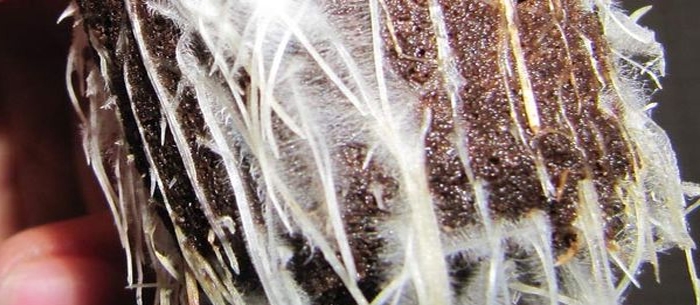
One of the first cases of mutually beneficial symbiosis between the world of plants and the world of fungi known to man appeared about 407 million years ago, and this phenomenon was later called mycorrhiza, which translates literally from Greek as "fungus root" (μύκης - fungus and ῥίζα — root).
Currently, scientists know five types of mycorrhizal fungi. Each of them plays a crucial role in nature by interacting with plants.
According to recent research, only one of them is beneficial for cannabis – arbuscular mycorrhizal fungi (AMF, or arbuscular mycorrhiza). AMF is the most common of all fungi and successfully interacts with 90% of all plants on the planet. In other words, mycorrhiza is a fungus that forms symbiotic relationships with plant roots. Arbuscular mycorrhiza forms a branched structure inside plant cells, where the sugary exudate from cannabis roots – carbohydrates produced through photosynthesis – is exchanged for nutrients, water, and minerals delivered from the soil by the branched structure of mycorrhiza.
These relationships are quite simple and straightforward. The plant supplies carbohydrates to the fungi, and in return, the fungi provide the plant with necessary nutrients. This exchange occurs at the cellular level within arbuscules – modifications of mycorrhizal fungi mycelium.
Mycorrhiza is remarkable for several reasons. It has unique DNA compared to other living things and often acts more like animals or benign parasites than plants. Mycorrhizal fungi literally penetrate the cellular structure of roots and create a unique network both inside the root and outside, facilitating the supply of water and necessary mineral nutrients (phosphorus and nitrogen) found in the soil. Moreover, mycorrhiza aids in their absorption, breaking down nutrients into more easily digestible compounds for the plant to feast on. Equally important is the fact that the presence of mycorrhiza in the soil protects plants from root rot pathogens (mold). By strengthening cell walls, mycorrhiza prevents pathogens from entering root tissues and even competes with them for carbohydrate absorption. In simple terms, mycorrhizal fungi clearly indicate to mold that the roots are their property, and they are the ones who will not only milk this "cow" but also feed it! In fact, mycorrhiza can be viewed as a secondary root system that, as it spreads in the surrounding soil, increases the absorbing surface of the root system. Thus, roots have more contact with soil, water, and nutrients, making the most of the available resources.
How is Mycorrhiza Beneficial for Cannabis Plants?
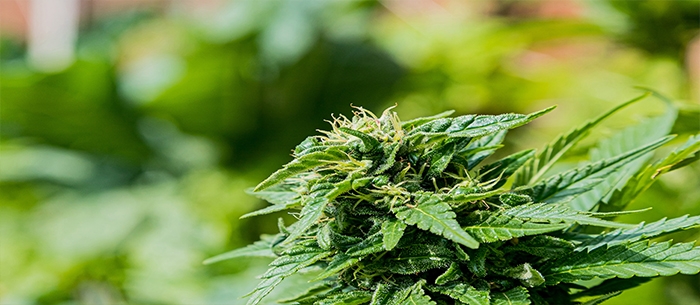
Mycorrhiza contributes to the comprehensive development of cannabis plants, regardless of growing conditions, whether indoors or outdoors.
Mycorrhizal fungi can penetrate the plant's root system, forming fungal threads (known as hyphae). Their function is to boost the penetration of the plant's root system in the soil. Hyphae branch out and provide the plant with a greater amount of nutrients which it can subsequently assimilate.
Mycorrhizal fungi naturally exist in most soils but in relatively small quantities. To make them beneficial, fungal spores must come into direct contact with plant roots. It’s up to the grower to provide the needed concentration of mycorrhiza. Today, concentrates of these fungi are available for cannabis cultivation. Whether you are growing indicas or sativas, autoflowers, feminized, or regular strains, mycorrhiza equally contributes to unlocking their potential.
Let's take a closer look at the benefits mycorrhiza can provide for cannabis growth:
- It maximizes the area and volume of the absorption of nutrients from the soil.
- It breaks down nutrients, facilitating their assimilation by cannabis plants.
- It protects the plant from mold and pests by strengthening root cell walls.
- It strengthens the plant, increasing its resilience in unfavorable conditions.
- It boosts the plant's immunity, enhancing its stress resistance.
- It regulates the intake of soil moisture necessary for plants, especially in hot and dry weather.
- It gradually reduces fertilizer use and, as a result, its costs.
- It reduces the risk of wilting due to insufficient watering and enhances resistance to the development of salt deposits. It promotes the formation of larger, denser, and more resinous buds!
How to Apply Mycorrhiza
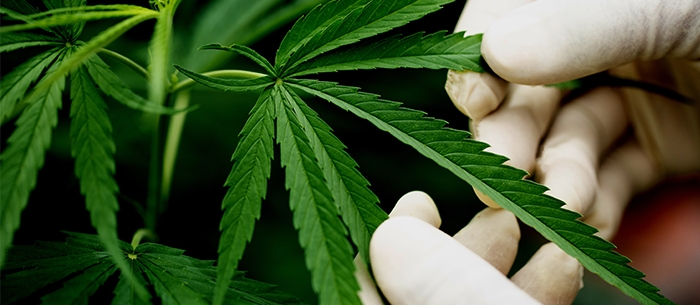
Let's discuss the most effective and straightforward methods for applying mycorrhiza:
- Mixing with Medium: Mix an inoculant (a biopreparation containing live cultures of microorganisms that are beneficial for plants) with the medium. Prepare a planting hole. Apply the inoculant to the medium so that it covers its entire surface. This approach ensures the maximum chance of successful contact between mycorrhiza and the plant's roots. Before placing the plant in its new home, introduce the inoculant to the bottom and sides of the planting hole. This way, you will achieve a larger area of root contact with mycorrhiza and reduce stress. Perform this procedure with every transplant to ensure the best interaction between mycorrhiza, soil, and the cannabis root system.
- Direct Application to the Root Ball: This method is also used during transplanting. Simply sprinkle the root ball with mycorrhizal inoculant to cover its entire surface. Spraying: Another simple method is to spray the root ball with mycorrhizal inoculant during transplantation.
Frequently Asked Questions
Can I Add Mycorrhiza After Planting?
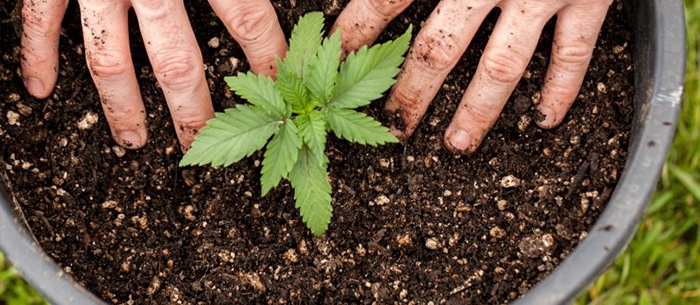
Adding mycorrhiza after planting is beneficial, but you must know how to do it the right way. Add mycorrhiza to the soil by mixing a water-soluble inoculant and performing standard watering. You can perform this procedure after transplanting the plants with a root systems that is at least somewhat developed. A good indicator is the appearance of several "true leaves;" this means some roots are present.
How Often Can I Apply Mycorrhiza?
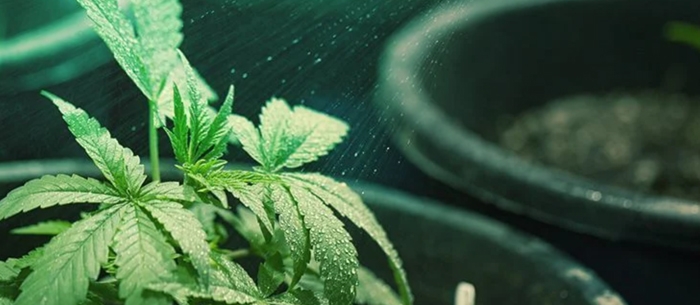
For the best results, it is recommended to introduce mycorrhiza during the germination stage, as mentioned earlier, after the appearance of "true leaves," thus introducing the plant to mycorrhizal fungi at the early stages of development. We recommend additional mycorrhiza applications throughout the vegetative phase and with each transplant, such as when moving to larger pots. This approach maximizes the interaction between mycorrhiza and the root system, strengthening its potential.
Does Mycorrhiza Promote Seed Germination?
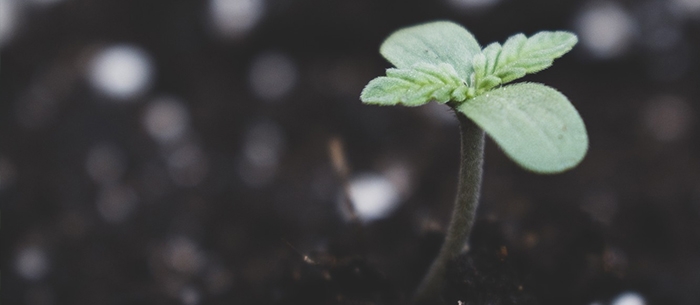
Research and anecdotal reports of practical application of mycorrhiza by growers indicate that it indeed promotes seed germination. To begin, prepare the soil in which you plan to cultivate by inoculating it with mycorrhiza, thus improving its quality. Seeds grown in pre-amended soil may have the following characteristics:
- Better germination rates.
- Healthy and faster-growing seedlings.
- Robust young plants with a high likelihood of stress-free transplanting.
Our recommendation is to use mycorrhiza during the cannabis cultivation process, which undoubtedly has the best impact on plant health, providing a high-quality and abundant harvest of resin-covered, trichome-rich buds – the ultimate goal of every grower. The benefits of mycorrhiza application will be noticeable as early as the germination stage. In summary, adding mycorrhizal fungi to the soil is a right decision by any metrics. Moreover, it is a natural, simple, effective, and economically feasible way to provide cannabis plants with extra care and protection. In return, they will reward you with a bountiful harvest!
![[``]](/wa-data/public/site/themes/kadama/img/kadama_logo.svg)




